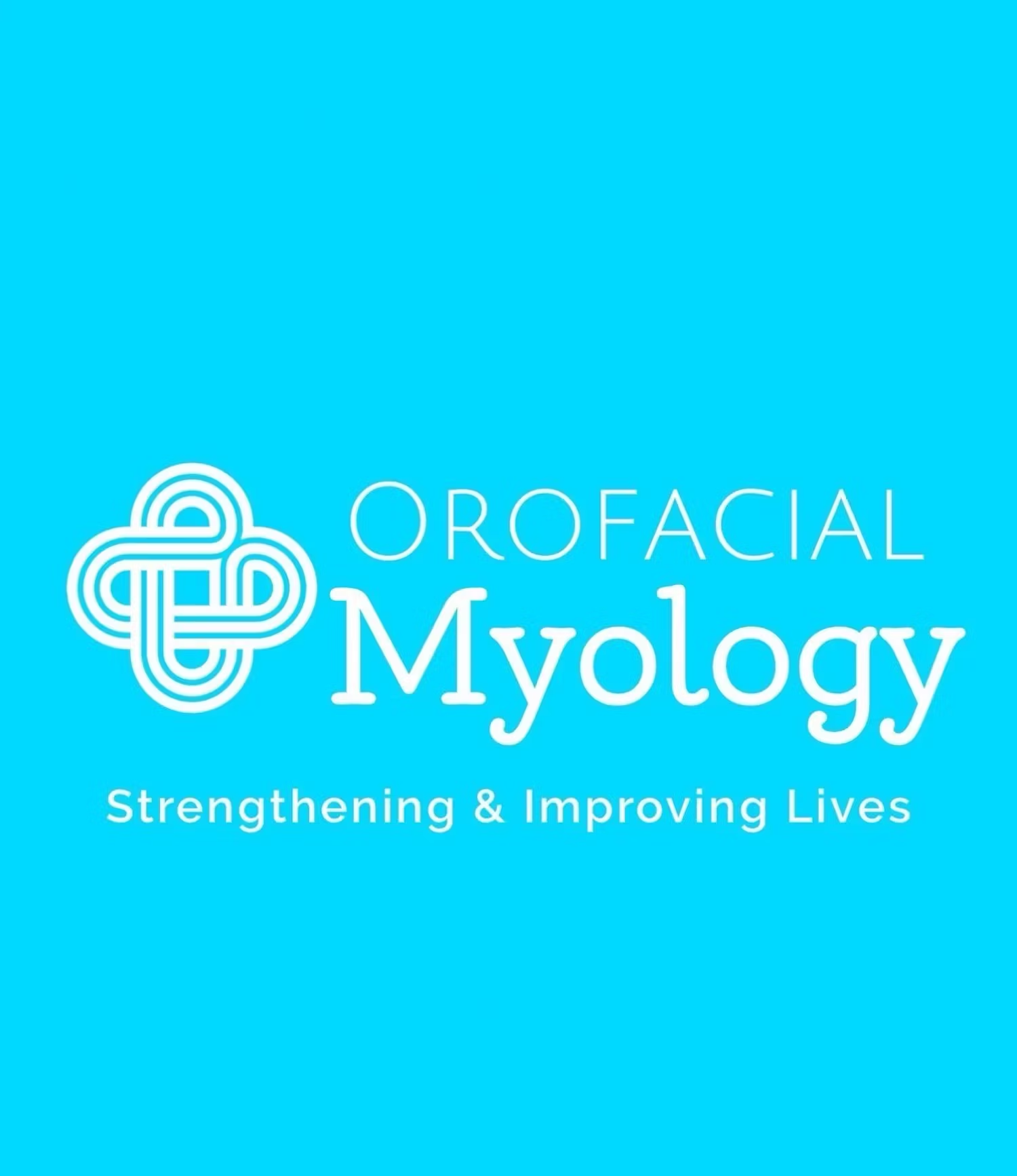Healthy breathing & oral function — therapy that fits your life
Personalized, exercise‑based therapy for orofacial myofunctional disorders (OMDs) that can affect chewing, swallowing, speech and sleep. In‑person and virtual care available.

- Evidence‑informed exercise therapy
- Family‑friendly: children, teens & adults
- In‑person or virtual options
What does Myofunctional Therapy target?
It aims to improve or correct
- Tongue posture (resting position on the palate)
- Swallowing mechanics
- Nasal breathing (instead of mouth breathing)
- Lip seal (keeping lips closed at rest)
- Chewing patterns
- Facial muscle tone and function
Conditions it can help with
- Mouth breathing
- Tongue thrust
- Thumb/finger sucking
- Speech disorders
- Orthodontic relapse
- Sleep apnea/snoring
- Temporomandibular joint disorders (TMJ/TMD)
- Forward head posture
Think of it like
Physical therapy for the face and mouth — simple exercises to strengthen the tongue and facial muscles, train nasal breathing, and reinforce healthy resting posture.
Meet Cristie Morabito‑Caseman, RDH
Cristie is a certified/or licensed Cranio Orofacial Myofunctional Therapist and registered dental hygienist with over two decades of experience. She focuses on how airway, craniofacial development, breathing and tongue posture influence health, and has helped families discover the benefits of myofunctional therapy since 2019.
*This site does not provide medical advice and is not a substitute for professional diagnosis or treatment.

What is Orofacial Myofunctional Therapy?
OMT is exercise‑based therapy for the muscles of the tongue, lips, cheeks and face. We retrain oral rest posture and nasal breathing, and build healthy patterns for speaking, chewing and swallowing. OMT can stand alone or complement dental, ENT and sleep care.
What we work on
- Nasal breathing (day & night)
- Tongue resting on the palate
- Comfortable lip seal at rest
- Efficient chewing & a mature swallow
Why it matters
These foundations support airway health, craniofacial growth, orthodontic stability, speech clarity, sleep quality and overall comfort.
How it’s delivered
Short daily home exercises with weekly/bi‑weekly coaching. Plans are age‑appropriate and coordinated with your providers when helpful.
Common signs & symptoms
Breathing & posture
Mouth breathing, open‑mouth/lip posture, nasal congestion, snoring, dry mouth.
Tongue function
Low tongue posture, tongue thrust, restricted mobility/tongue‑tie.
Chewing & swallowing
Messy/slow chewing, picky textures, choking/gagging tendencies.
Dentofacial
Crowding/malocclusion, open bite, orthodontic relapse, facial muscle fatigue.
Habits
Thumb/finger sucking, nail/cheek biting, prolonged bottle/sippy use.
Sleep & daytime
Restless sleep, daytime sleepiness, teeth grinding, attention/focus issues.
Who we help
Children
Age‑appropriate games and activities that build nasal breathing, correct oral rest posture, and healthy chewing and swallowing.
Teens
Support for orthodontic goals, jaw comfort, sleep quality, and habit change during growth spurts and treatment.
Adults
Targeted exercises and habit training that can complement sleep, ENT and dental care while fitting busy schedules.
Clinical focus
Orofacial myofunctional disorders (OMDs)
Evaluation and retraining for mouth breathing, open‑mouth posture, tongue thrust, and related muscle dysfunctions.
Tongue‑tie support
Pre‑ and post‑frenectomy therapy to prepare, mobilize and stabilize the tongue for feeding, speech and sleep.
Sleep & snoring support
Training that complements medical care for snoring and sleep‑disordered breathing (alongside CPAP, dental devices, ENT care).
Orthodontic stability
Correct oral rest posture and swallow patterns that support orthodontic outcomes and reduce relapse risk.
Oral habit elimination
Plans to reduce thumb/finger sucking, cheek biting and other oral habits.
Speech collaboration
Coordination with SLPs when articulation benefits from improved oral rest posture, breath and tongue control.
How the program works
- Evaluation: history, screening & functional assessment.
- Plan & coaching: weekly or bi‑weekly training with home practice.
- Team care: coordination with your dentist/orthodontist/ENT/SLP when helpful.
Start here checklist
- Noticing mouth breathing, snoring, or open‑mouth posture
- Concerns about chewing, swallowing, or picky textures
- Orthodontic relapse or tongue thrust
- Tongue‑tie suspected or recently released
Tongue‑tie support
Before release we prepare mobility and function; after release we stabilize new patterns. We’ll coordinate with your releasing provider and share photos/exercises as needed.
Pre‑release
Gentle mobility work, wound‑care planning, body readiness, and home setup.
Post‑release
Function‑first exercises, tongue placement, and habit training to maintain gains.
Team approach
We collaborate with your dentist, ENT, IBCLC and SLP as appropriate.
Sleep, Snoring & TMJ
Sleep & airway
Myofunctional therapy may support snoring and sleep‑disordered breathing as part of a medical or dental plan. It works best alongside CPAP, oral appliances and/or ENT care. We don’t diagnose medical conditions and we coordinate with your providers.
TMJ/TMD & jaw comfort
We address oral rest posture, tongue position, and habits that can overload the jaw. Therapy can complement dental and physical therapy care focused on TMJ/TMD.